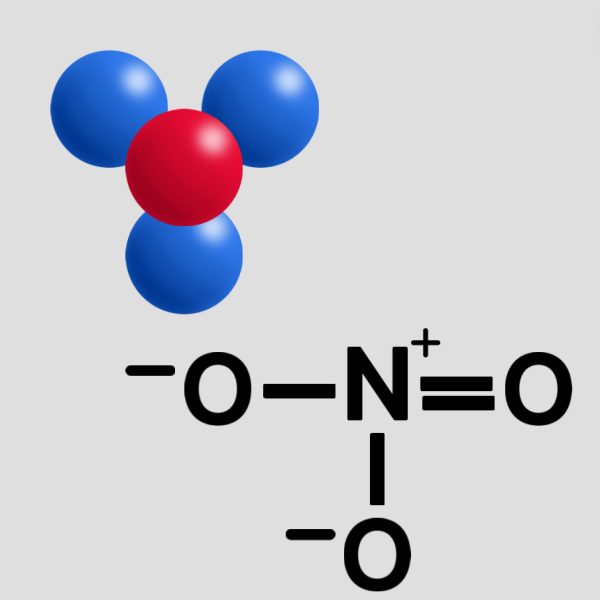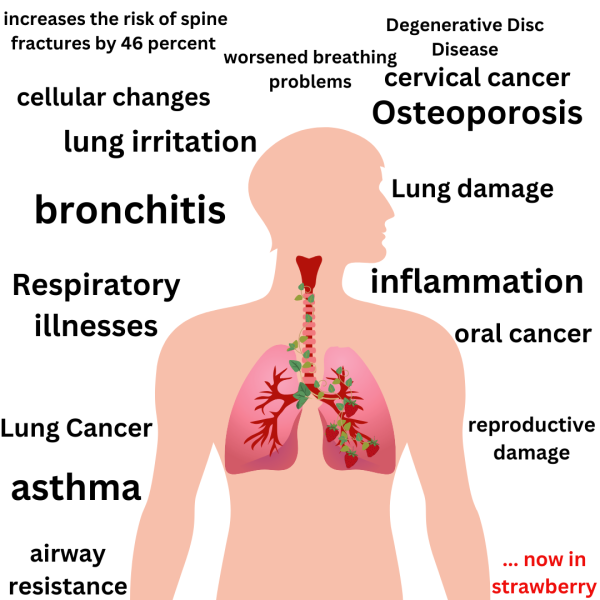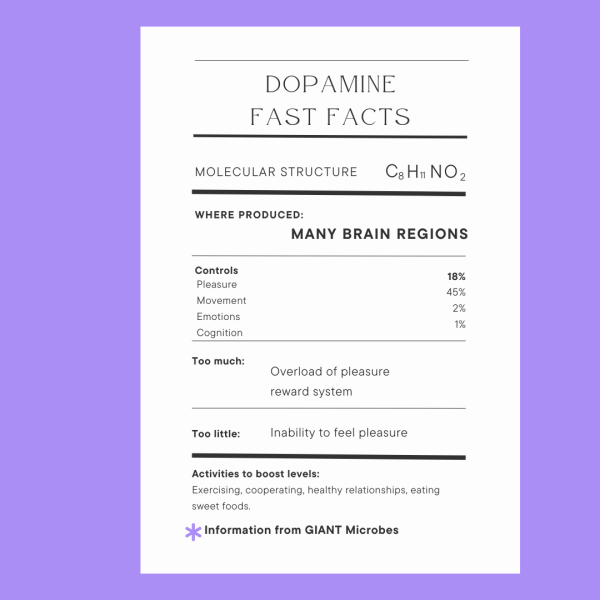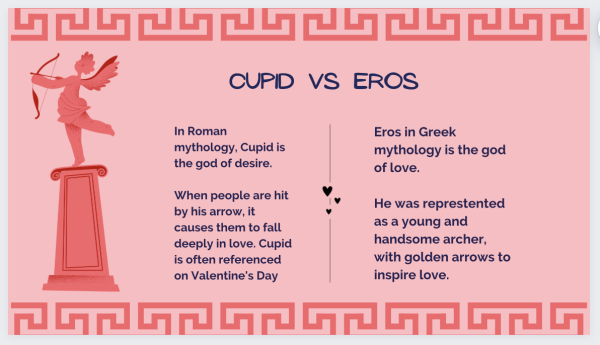FDA rekindles tobacco product conversation
April 16, 2019
In 2015, the Center for Disease Control and Prevention (CDC) reported high school cigarette smoking to be at 10.6 percent, the lowest number seen within two decades prior. Since this, the number of high school students using electronic means of smoking, such as vapes, has increased to nearly 21 percent in 2018, compared to 1.5 percent in 2011.
Most e-liquids contain nicotine, a chemical also found in traditional cigarettes, and serves as the addicting element of e-cigarettes. This happens because of a reward circuit formed in the brain by a release of hormones like epinephrine triggered by nicotine. It is this reward system that forms smokers’ attraction to smells/ flavorings.
Additionally, many e-liquids contain high levels of nickel and chromium as well as lower levels of cadmium. However, research on the prolonged use of vapes with these ingredients is still in early stages.
Though e-cigarettes were most popularly used to provide smokers with a healthier alternative to smoking, organizations such as the Federal Drug Administration (FDA) began to consider the appeal these had to youth.
In November of 2018, the FDA issued a “flavor ban” prohibiting the production and distribution of menthol cigarettes, flavored cigars, and many fruity or other sweet e-cigarette flavorings. This would remove two of Juul’s most popular flavors, “Mango” and “Fruit Medley” from the market.
“Protecting our nation’s youth from the dangers of tobacco products is among the most important responsibilities of the U.S. Food and Drug Administration – and it’s an obligation I take personally,” said FDA Commissioner Scott Gottlieb, M.D in a statement released by the FDA.
“I think banning fruity flavors is a lazy alternative to a solution…I don’t think we’ll see many ramifications,” said Sage Rice, 18, a current e-cigarette smoker.
Rice starting smoking via vapes at age 12 when the trend originally “took off,” and would later use them at 17 to quit smoking cigarettes.
“In our generation, it’s become surprisingly okay with everyone,” Rice said.
He continues, mentioning a sudden spotlight on e-smoking saying, “Vaping has taken an interesting ride since it’s gotten popular. Before Juul, no one ever took it as an epidemic. It was a tool for adult smokers to quit or find a healthier alternative…”
With this, Rice notes the “cultural standing” or acceptability around e-smoking.
“A lot of people I know that would never touch any substance have tried a Juul or other device due to its cultural standing,” said Rice.
Burdette Becks, senior at North, similarly notes e-smoking social popularity.
“Vaping is seen as the cool thing to do now,” said Becks. With this, he also mentioned seeing other students using e-cigarettes in school.
According to North’s student handbook, being influenced by or possessing any “drugs, alcoholic beverages, controlled or imitation controlled substances, or other moodaltering chemicals” on school grounds is a Level three violation. Most commonly, these result in short-term suspensions, but can ensue parent collaborative meetings, school/community service, or communication with law enforcement.
Justin Parker, Art teacher at North, said he’s caught students smoking not only outside, but in class as well, and has always reported them to their administrators.
“When people start smoking, they think it’s just fun,” said Parker, “but eventually it does become an addiction, and then its super hard to quit.”









